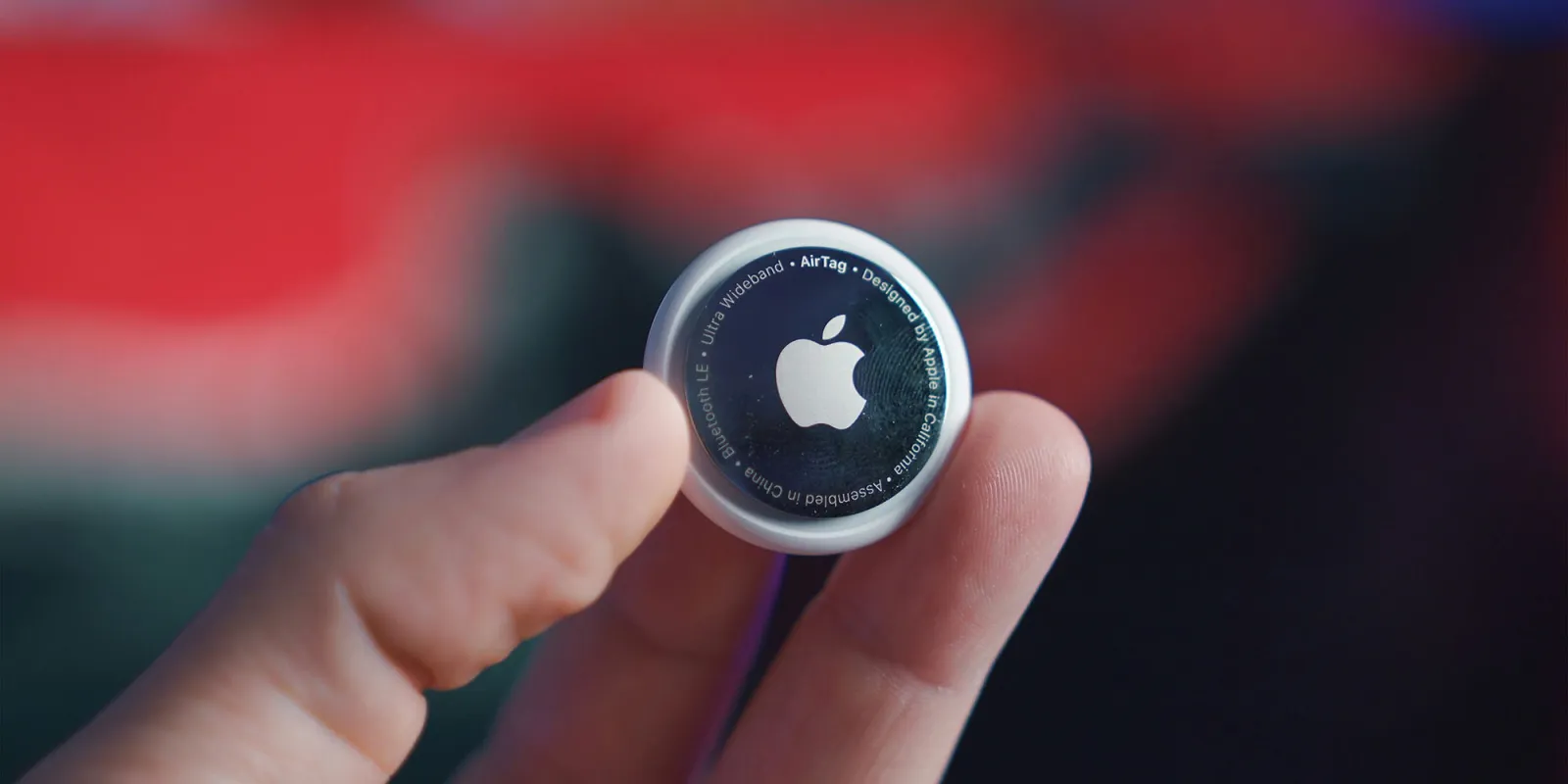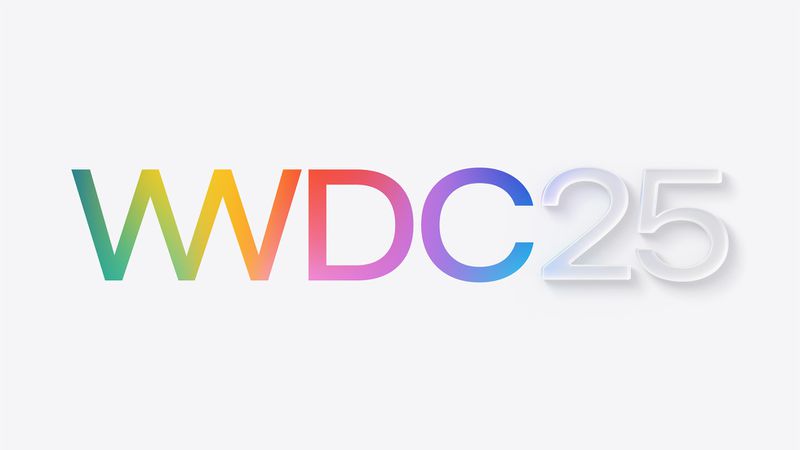Apple has rolled out new software updates across all its major platforms. These updates bring important bug fixes and improvements to iPhones, Macs, Apple Watches, Vision Pro, and Apple TV. iOS 18.5 is now available for iPhone users. It focuses mainly on performance improvements and fixing small issues. The update is likely one of the final versions before iOS 19 is announced in June.
Mac users can now download macOS Sequoia 15.5. Just like the iPhone update, it improves system performance and security. No major new features are included, but it helps keep your Mac running smoothly. Apple Watch users also get watchOS 11.5. This update fixes bugs and enhances the overall experience. It’s especially useful for users running watchOS 11 and waiting for the next big update.
For Apple Vision Pro, visionOS 2.5 is now available. It brings small fixes and tweaks to make the headset experience more stable and smoother. Lastly, Apple TV has received the tvOS 18.5 update. While not packed with new features, it includes under-the-hood changes that help improve system reliability.
All these updates can be downloaded over the air using your device’s settings. Apple is expected to reveal iOS 19, macOS 16, and other major software versions at WWDC in June. Until then, these latest updates help improve device performance and security.




